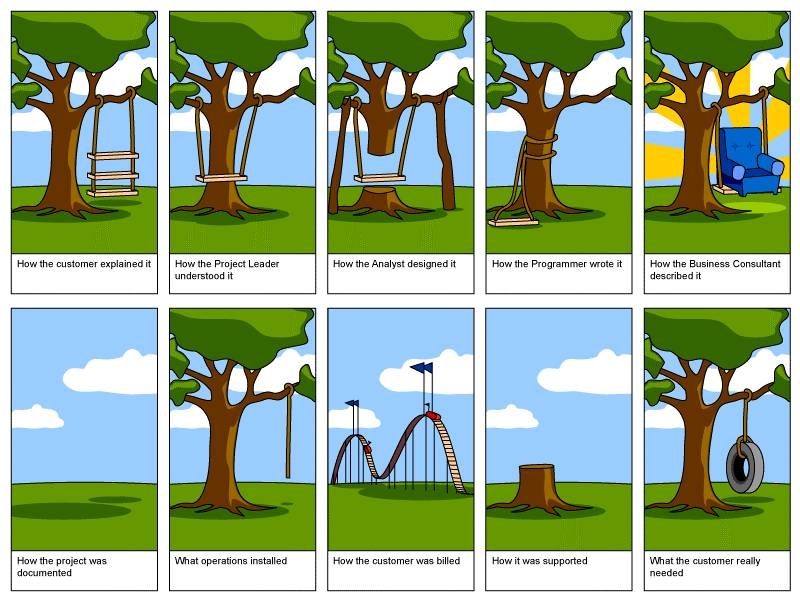How to set clients’ expectations
How to set clients’ expectations

A new project, a new client, a new opportunity.
It’s a new beginning – and part of it is to learn each other’s language.
Once upon a time…
It seems so simple in the beginning. Here is a typical situation I am facing over and over again:
A client calls me and is looking for some UX support.
We have our first meeting to discuss the ask:
What is the desired outcome?
What UX support is he looking for and what support am I able to offer?
I ask a bunch of questions to gain a better understanding of the project, I describe my next steps and the deliverables that will come with my actions.
At this point we are coming to an agreement.
Until it becomes obvious that it was mostly an illusion.
Communication Traps
What happened?
Communication is a beast and is often full of (sometimes false) assumptions. Even though we are sharing information, we are running into these traps:
a. Information is not specific enough
You talk about the project and start to use certain terms (like “UX” vs. “UI”, “lean process”, “MVP”, Personas”) and you assume that you share the same understanding. Until you find out that you had a different picture in mind.

b. Information is unspoken
Some information includes certain implications that are obvious to you – but might not be as obvious to your client. It again leads to false expectations and bad surprises.
Here are some:
Tips to manage expectations
1. Ask lots of questions
Understand the client’s expectations by asking lots of questions. Assume that you don’t know anything.
2. Repeat (Active Listening)
Use active listening in any communication: repeat in your own words what you heard, get your communication partner to confirm the message, note it down.
3. Specify deliverables
List the outcomes of your work and be as specific as possible. For example, if your deliverable is wireframes, specify the screen sizes you are designing for (e.g. desktop 1024px width and mobile 320px), the number of revisions, what kind of pages (e.g. one content page template – can be used for [list examples] pages as well).
It can also be valuable to specify what is NOT included in your deliverables.
4. Document the scope of work
Summarize your work agreement in a written format, even for small projects. If your client comes up with different expectations during the design process or asks for anything that hasn’t been discussed in the beginning you can use this document as a reminder of the initial scope of work and to negotiate additional tasks.
A scope of work document can be short but should include: objective (why are we doing it), tasks, timeline, and output.
All steps listed above are helping me to communicate more clearly and to avoid misunderstandings from the beginning of a project. My mantra throughout projects: Keep asking.
Further reading
- Onboarding your client: Setting Client Expectations by Paul Jarvis
- Kick-off questions: 90 Revealing Questions to Ask to Really Understand Your Client by Hubspot
- Talk to your stakeholders: Stakeholder Interview Template by UX Apprentice
- Roadmap & project plan: UX Project Plan by Rosenfeld

